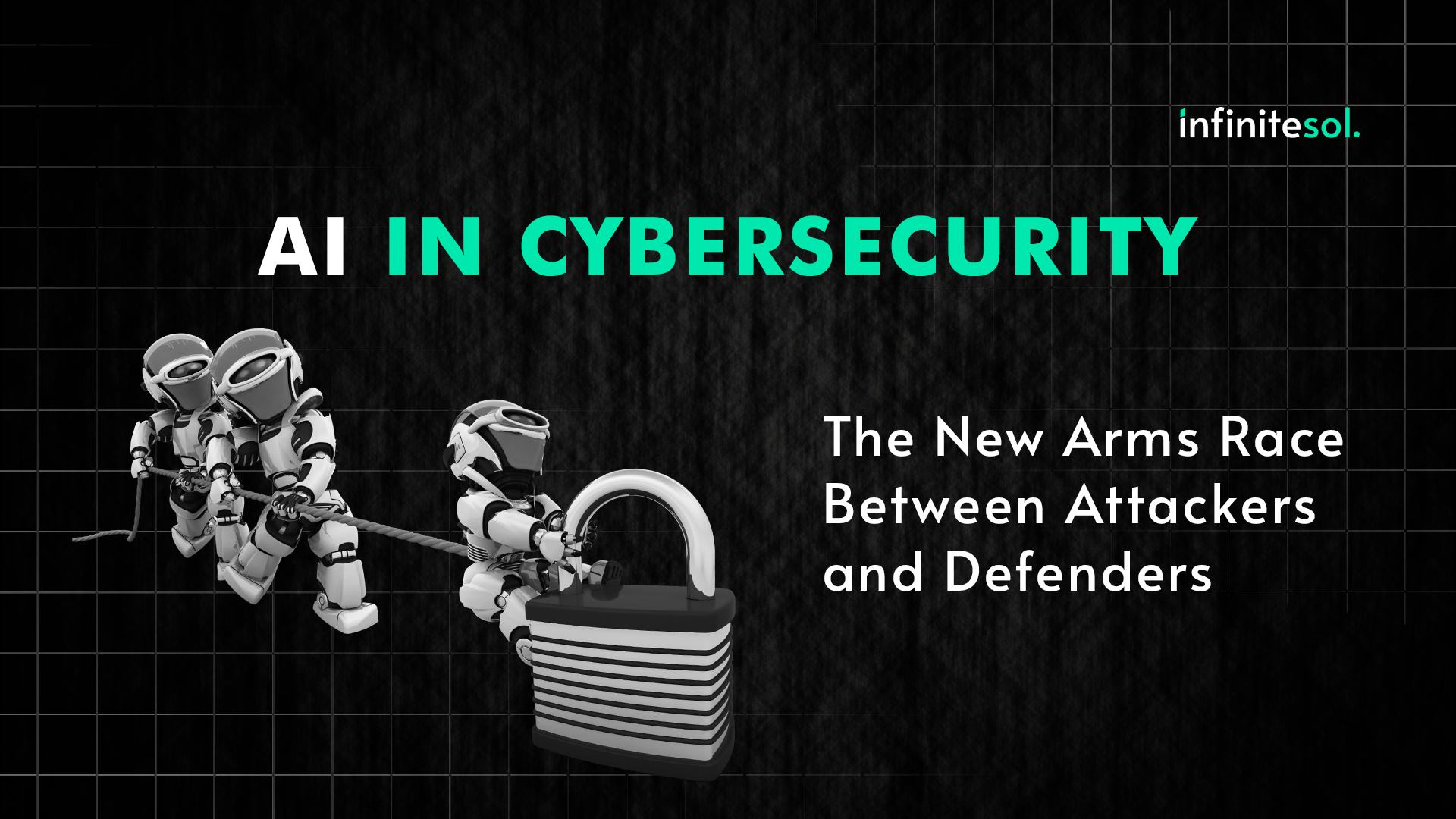AI in Cybersecurity: The New Arms Race Between Attackers and Defenders
AI is reshaping cybersecurity into a digital arms race — where attackers and defenders both use intelligent algorithms to outsmart each other. Discover how AI-driven defense, predictive analytics, and ethical intelligence are defining the future of protection.



.webp)


%201.webp)